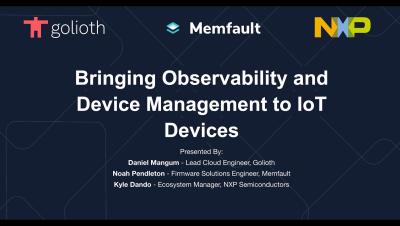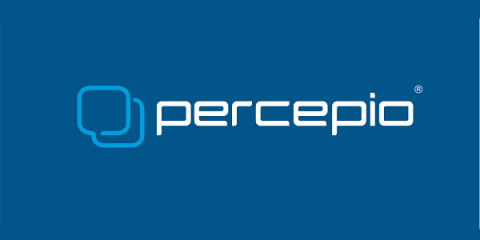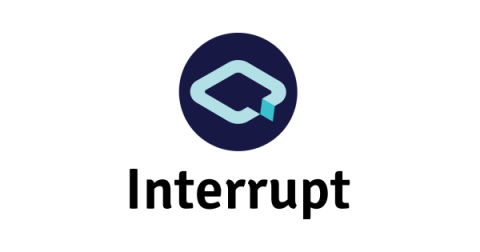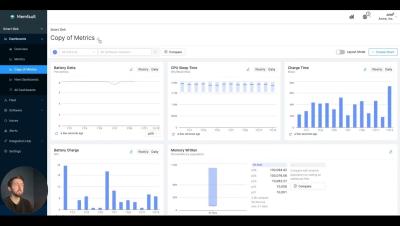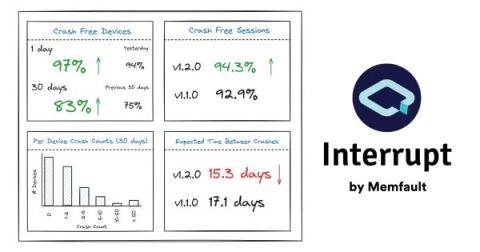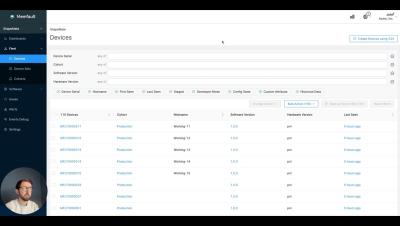Operations | Monitoring | ITSM | DevOps | Cloud
IoT
Does Tracealyzer fit into my project?
Every developer wants universally applicable tools for their embedded development. However, hardware (processor type) and software (RTOS) architecture can limit the choice, making it a decision for the second-best rather than the best tool – even if you are in the mainstream. This is one of the reasons why Software Development Kits (SDKs) are becoming increasingly popular – even more so if they are easy to use and deploy.
Visualizing Real-time Data With STMViewer
If you’ve ever wanted to plot data acquired on your embedded target, this article is for you. It explores common use cases for real-time data visualization using STMViewer. Say goodbye to manual, time-consuming, and error-prone data collection and display methods to speed up your debugging process.
The Internet of Medical Things (IoMT): A Brief Introduction
Configurable Dashboards || Memfault Feature Highlights
PX5 Announces Tracealyzer Support for PX5 RTOS
A little more than a month ago, we released the free Tracealyzer SDK – a toolkit that allows other embedded software vendors to integrate Tracealyzer recording in their own software. At that time, the development team at PX5 in California were already hard at work combining Tracealyzer with their PX5 RTOS, and yesterday they released the integration. Built with Percepio’s SDK, in a just a few weeks.
Counting Crashes to Improve Device Reliability
The first step to making reliable IoT devices is understanding that they are inherently unreliable. They will never work 100% of the time. This is partially because we firmware engineers will never write perfect code. Even if we did, our devices need to operate through various networks and gateways, such as cellular modems, mobile phone Bluetooth applications, Wi-Fi routers, cloud backends, and more, and each of these may introduce unreliability.
Device List CSV Export || Memfault Feature Highlights
Adopting open-source Industrial IoT software
Webinar Recap: Build an Edge-to-Cloud Architecture Using MQTT and InfluxDB
Industrial IoT (IIoT) machines and sensors generate valuable time series data. It’s impossible to derive the insights necessary to inform decisions as a company to produce or operate more efficiently without sending operational technology (OT) data to informational technology (IT) systems.


